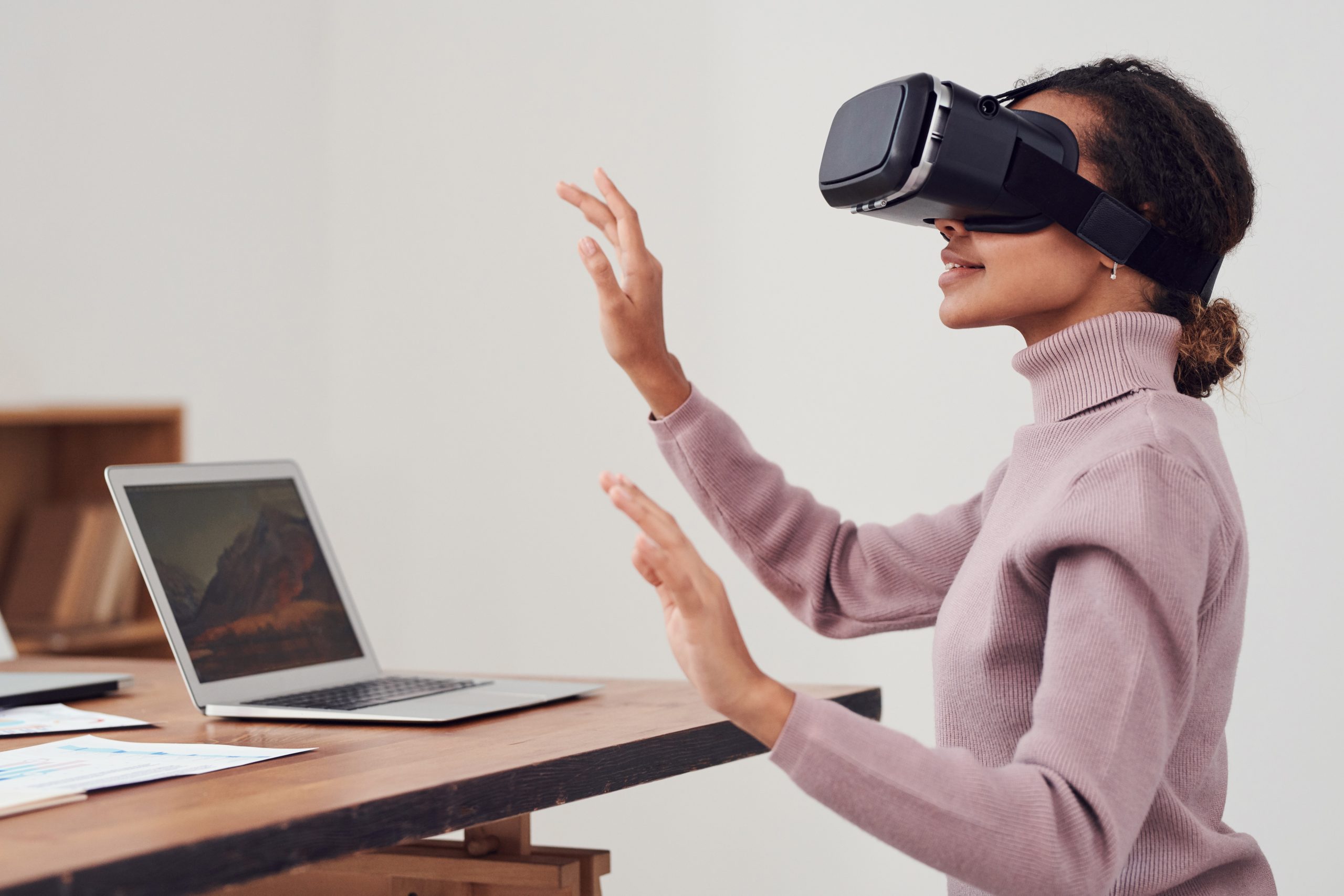The metaverse, a virtual reality-based universe where individuals can interact, create, and transact, is quickly becoming a reality. As this immersive and interconnected virtual world evolves, it relies on a range of technologies to bring it to life. In this article, we will explore the top seven technologies that are driving the development of the metaverse, enabling its growth and expanding its possibilities.

1. Virtual Reality (VR)
Table of Contents
Virtual reality is at the forefront of metaverse development, providing users with immersive and interactive experiences. VR technology allows individuals to enter and navigate virtual environments using specialized headsets and controllers. It creates a sense of presence and enables realistic interactions with the virtual world. VR plays a crucial role in shaping the metaverse by providing the foundation for visual and sensory immersion.
2. Augmented Reality (AR)
Augmented reality overlays digital content onto the real world, enhancing the user’s perception and interaction with their physical surroundings. AR technologies, such as smartphone apps and smart glasses, offer real-time information and virtual enhancements. In the context of the metaverse, AR can enable users to seamlessly blend the virtual and physical worlds, providing a mixed-reality experience that enhances social interactions and extends real-world capabilities.
3. Blockchain Technology
Blockchain technology, with its decentralized and transparent nature, is instrumental in the development of the metaverse’s digital economies. By leveraging blockchain, virtual assets like cryptocurrencies and non-fungible tokens (NFTs) can be securely owned, traded, and verified within the metaverse. Blockchain ensures the scarcity, provenance, and authenticity of digital assets, creating a trusted framework for the metaverse’s virtual economy.
4. Artificial Intelligence (AI)
Artificial intelligence plays a significant role in shaping the metaverse by enabling intelligent interactions and enhancing virtual experiences. AI algorithms power virtual assistants, chatbots, and intelligent NPCs (non-player characters) within the metaverse, creating lifelike interactions and dynamic environments. AI also contributes to content generation, procedural world-building, and user behavior analysis, making the metaverse more immersive and responsive.

5. Internet of Things (IoT)
The Internet of Things connects physical objects to the Internet, enabling data exchange and remote control. In the metaverse, IoT technologies expand the digital realm to include real-world objects, creating a bridge between the virtual and physical worlds. IoT devices, such as sensors, wearables, and smart home devices, can provide real-time data and enable users to interact with the metaverse through physical objects, enhancing the overall user experience.
6. 5G and Edge Computing
The metaverse demands high-speed connectivity and low-latency communication for real-time interactions and seamless experiences. 5G, the fifth-generation wireless technology, provides faster data transfer speeds and reduced latency, enabling the metaverse to function smoothly. Additionally, edge computing, which brings computing power closer to the end-user, enhances the responsiveness of the metaverse by reducing processing delays and enabling faster data exchange.
7. Spatial Computing
Spatial computing refers to the integration of physical and virtual worlds, allowing users to interact with the metaverse naturally and intuitively. It encompasses technologies like gesture recognition, spatial mapping, and spatial sound. Spatial computing enables users to manipulate objects, navigate virtual spaces, and interact with other users using intuitive gestures and movements, enhancing the sense of immersion within the metaverse.
The development of the metaverse relies on a convergence of various technologies, each playing a crucial role in creating immersive, interactive, and interconnected virtual worlds. From virtual reality and augmented reality to blockchain, artificial intelligence, the Internet of things, 5G, and spatial computing, these technologies collectively shape the metaverse’s potential and expand its possibilities. As these technologies continue to advance, the metaverse’s development will accelerate, offering new opportunities for social interactions, entertainment, commerce, education, and beyond. The future of the metaverse holds immense potential, and the continuous evolution and integration of these top technologies will be at the forefront of its growth and transformation.

